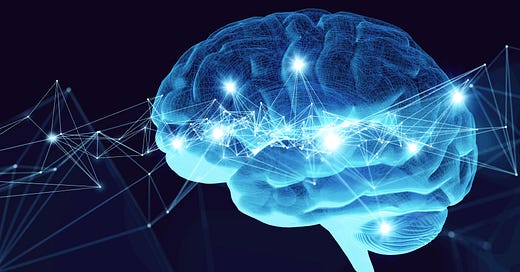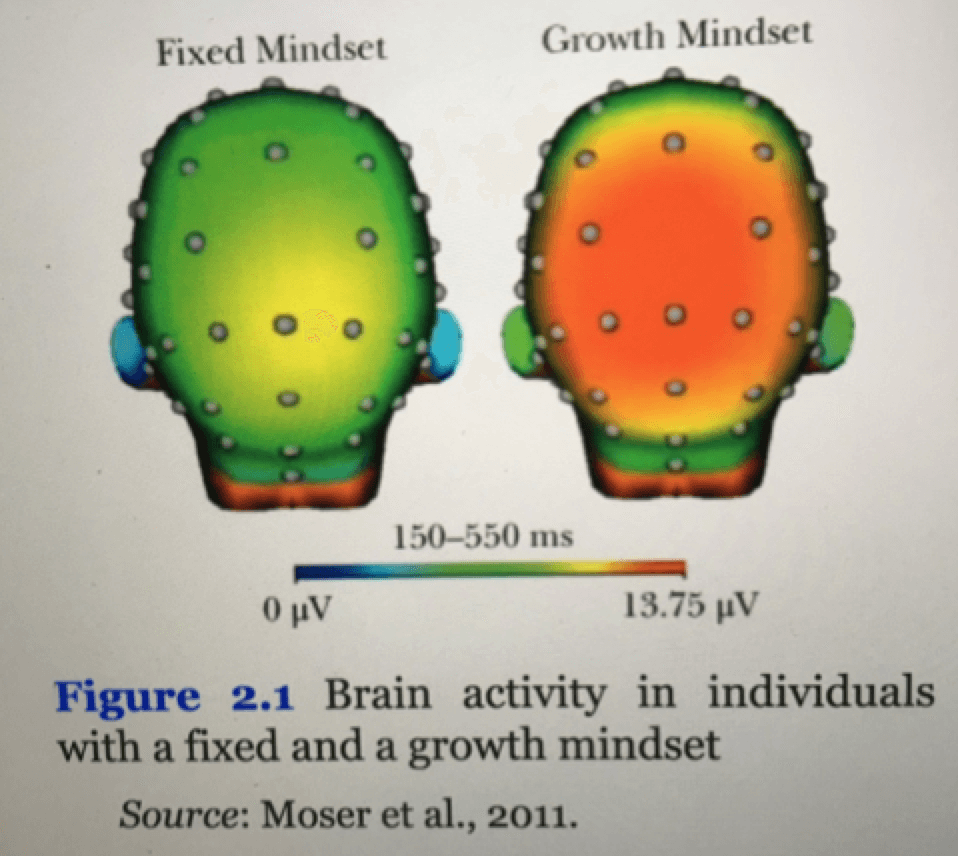With the advent of increasingly inexpensive access to brain imaging technology, neuroscience has entered a fascinating period of rapid advancement. The ability to generate images of what’s going on in our brains is hugely exciting, and the enthusiasm for trying to apply this science to education should come as no surprise.
There’s something about a glowing fMRI scan that just feels convincing. The coloured blobs, the clinical precision, the sense that you’re peering inside the machinery of thought all adds up to a powerful impression: This must be true. That, in a nutshell, is the seductive allure of neuroscience.
In a 2008 study, researchers Deena McCabe and Alan Castel asked participants to evaluate explanations of psychological phenomena. Some explanations were paired with graphs, some with topographical maps, and some with images of brain scans.
The result? The explanations with brain images were seen as significantly more credible, even when the image added no real value to the explanation. Simply seeing a brain seemed to give the claim a stamp of authority.
This isn’t just a curious finding in cognitive psychology, it plays out in real life, all the time. If you’ve ever sat through a professional development session where a generic brain scan flashed on the screen to justify a new teaching approach, you’ve seen it firsthand. Suddenly, an idea that felt vague or debatable takes on a scientific sheen. It’s neuroscience, after all. It must be right.
What teachers most need to know about neuroscience is the extent to which its language and imagery can be used to baffle and bamboozle. Several well-meaning but misguided attempts to apply neuroscience to teaching have led to a whole suite of myths and misconceptions. Sometimes these misconceptions are based upon ‘hyped’ versions or distortions of genuine findings, other times they appear entirely spurious; merely cloaking themselves in the language of neuroscience to give the ideas a veneer of plausibility. One of the most widely believed is the thoroughly debunked belief that students have different learning styles. Others include such hoary old chestnuts as the belief that we use only 10% of their brains (in fact we all use pretty much all of brain pretty much all of the time), the idea that people are preferentially “right-brained” or “left- brained” (we’re not, we need all our brain in order to be logical and creative as anyone who’s ever tried to lop off one hemisphere or other very quickly learns) and the bogus belief that children’s cognitive development progresses via a fixed series of age-related stages.
These beliefs, despite having been comprehensively disproved, are remarkably persistent. This seems, at least in part, because people are easily persuaded by ideas when presented alongside neurological jargon. In one study into how neuroscientific explanations influence out thinking, participants were divided into four groups with each asked to read brief explanations of psychological phenomena, none of which required a neuroscientific explanation. Half the participants read good explanations, the other half bad explanations. Additionally, half the participants saw spurious neuroscientific justifications for the explanation specifying an area of activation in the brain which were entirely irrelevant to the explanation, whilst the other half did not. Participants then had to rate how satisfied they were with the explanations given for each phenomenon.
Although participants could tell the difference between the good and bad explanations, the presence of the irrelevant neuroscientific information led them to judge the explanations, particularly the bad explanations, more favourably. Unsurprisingly, non-experts are even more likely to be persuaded by explanations that use technical language and scientific terminology.
Example of an utterly fatuous claim based on spurious brain imaging
Why Does It Work? Cognitive scientists suggest this effect comes from our preference for explanations that appear concrete, mechanistic, and scientific. Neuroscience, especially when visualised, provides exactly that. It taps into what’s called the illusion of explanatory depth: the feeling that we understand something more deeply than we actually do. A brain image gives us something to point to—there it is—and that alone makes the explanation feel more grounded.
Are we too readily swayed by claims about child psychology or pedagogical techniques appearing to carry the stamp of authority offered by neuroscience? It seems our enthusiasm for neuroscience and our bias towards finding ‘brain-based’ ideas more plausible means that neuro-myths spread easily in education. As professionals we should be just ready to challenge neuro-myths in the staffroom, as we would be to tackle students’ misconceptions in our classrooms. Perhaps the first step is simply to be aware of common misconceptions related to how children learn, so that we can challenge bogus ideas about teaching.
Given the limitations of directly applying neuroscientific evidence to classroom settings, as a rule of thumb we should probably exercise professional scepticism when anyone claims that a method of teaching is ‘brain-based’ or supported by ‘neuroscience’. There’s a good chance that such terminology is being bandied about to persuade us rather than to genuinely justify the approach to teaching.
Marketers, media outlets and snake oil salesmen of all stripes and flavours tap into this effect - charitably, this may sometimes be inadvertent - using the language and imagery of neuroscience to lend weight to their claims.
None of this means neuroscience is bad. Quite the opposite: genuine neuroscience research continues to deepen our understanding of memory, learning, emotion, and behaviour. But it does mean we need to be wary of claims that rely more on imagery than evidence.
So next time someone wheels out a brain scan in a training session or article, don’t just nod along. Ask what it’s really telling you, and what it might be hiding:
Does this actually add anything to the explanation?
Is the neuroscience being used to clarify or to persuade?
Would I believe this just as strongly without the image?
In a world that prizes fast, visual information, we’re all vulnerable to surface-level credibility. Which is why a healthy does of scepticism is an essential starting place for anyone interested in the mind, memory and learning.
Further Reading:
McCabe & Castel (2008): Seeing is believing
Weisberg et al. (2008): The Seductive Allure of Neuroscience Explanations
University of Minnesota recap: Do brain images make us more likely to believe what we read?






